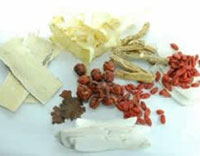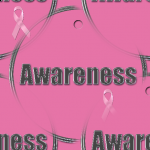On April 16, 2017 Oregon’s House of Representatives unanimously agreed on a bill that would limit doctors from prescribing opioid drugs for more than seven (7) days unless circumstances determined, by a medical professional, that more were necessary.
NO – Not – Didn’t happen!
This almost happened. What really happened is the Oregon state legislature instead passed a watered down version of this bill, without the 7 day rule even though the state attorney general’s office had strongly backed the measure because “the risk of overdose and addiction is serious.”
What the House of Representatives in Salem, Oregon passed, is a bill that suggests, clinicians should avoid prescribing opioids and benzodiazepines (a class of psychoactive drugs) known to be addicting after very short time periods. Really! Yup, they actually took time to pass a bill that now goes to the Senate that “SUGGEST” this.
Even though The Oregon Health Authority says an average of three Oregonians die every week from prescription opioid overdose, the legislature removed any teeth from a bill that might have made a dent in the problem. What good does a bill do that simply “SUGGEST” doctors should cut back on their prescriptions????
I for one am baffled.
Here’s wishing the state legislature would “SUGGEST” a safe botanical like Corydalis for pain relief. The state could become growers of this wonderful, might I even say, “miraculous” plant. Although nobody would get addicted it would provide safe and effective pain relief. The State could go beyond growing it, they could tax it and regulate it too. This would bring much needed revenue and simultaneously reduce the use of prescription drugs all while having a pain reliever that really works.
The botanical world has plenty of pain relieving chemicals. (uuhhmmm opioids originated from natural chemicals first found in the Poppy plant, now created synthetically.)
Here’s to hoping one day we take plant chemicals seriously and our government representatives “SUGGEST” we use them.
More on Corydalis for pain relief here

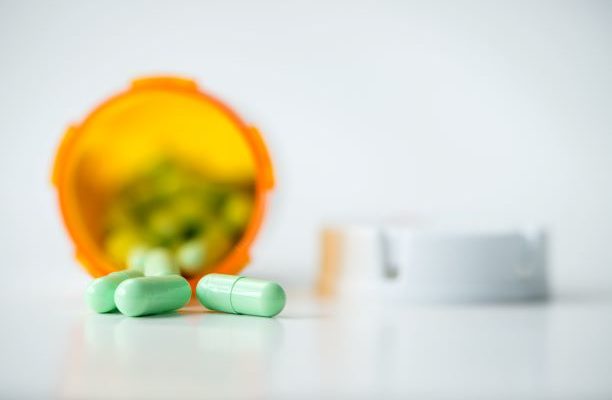
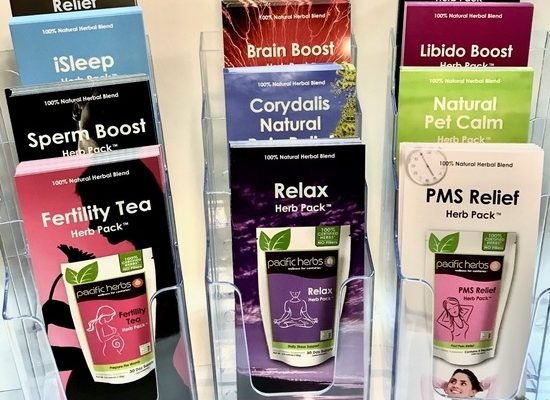
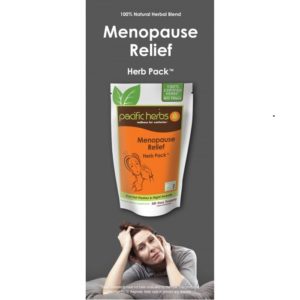
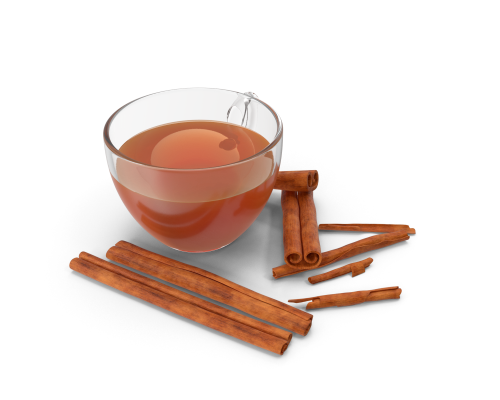
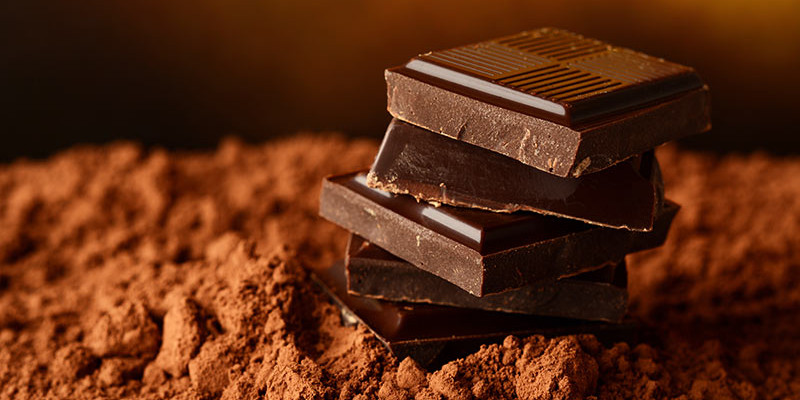
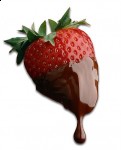 The polyphenol known as flavanols in cocoa can help promote dilation of blood vessels and thereby reduce hypertension. The Cochrane International database after investigating the effect of chocolate or cocoa on systolic an diastolic blood pressure concluded that chocolate faired better than a placebo at lowering blood pressure.
The polyphenol known as flavanols in cocoa can help promote dilation of blood vessels and thereby reduce hypertension. The Cochrane International database after investigating the effect of chocolate or cocoa on systolic an diastolic blood pressure concluded that chocolate faired better than a placebo at lowering blood pressure.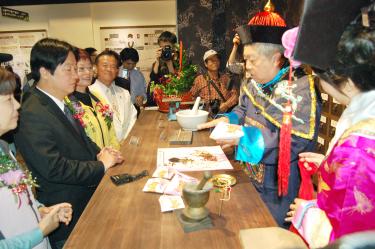
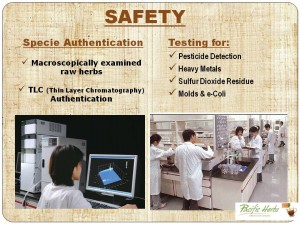 Many people today turn to alternative medicine to deal with an array of health issues, including trouble with sleep, menopause, pms, lack of energy, weight loss…the list goes on.
Many people today turn to alternative medicine to deal with an array of health issues, including trouble with sleep, menopause, pms, lack of energy, weight loss…the list goes on.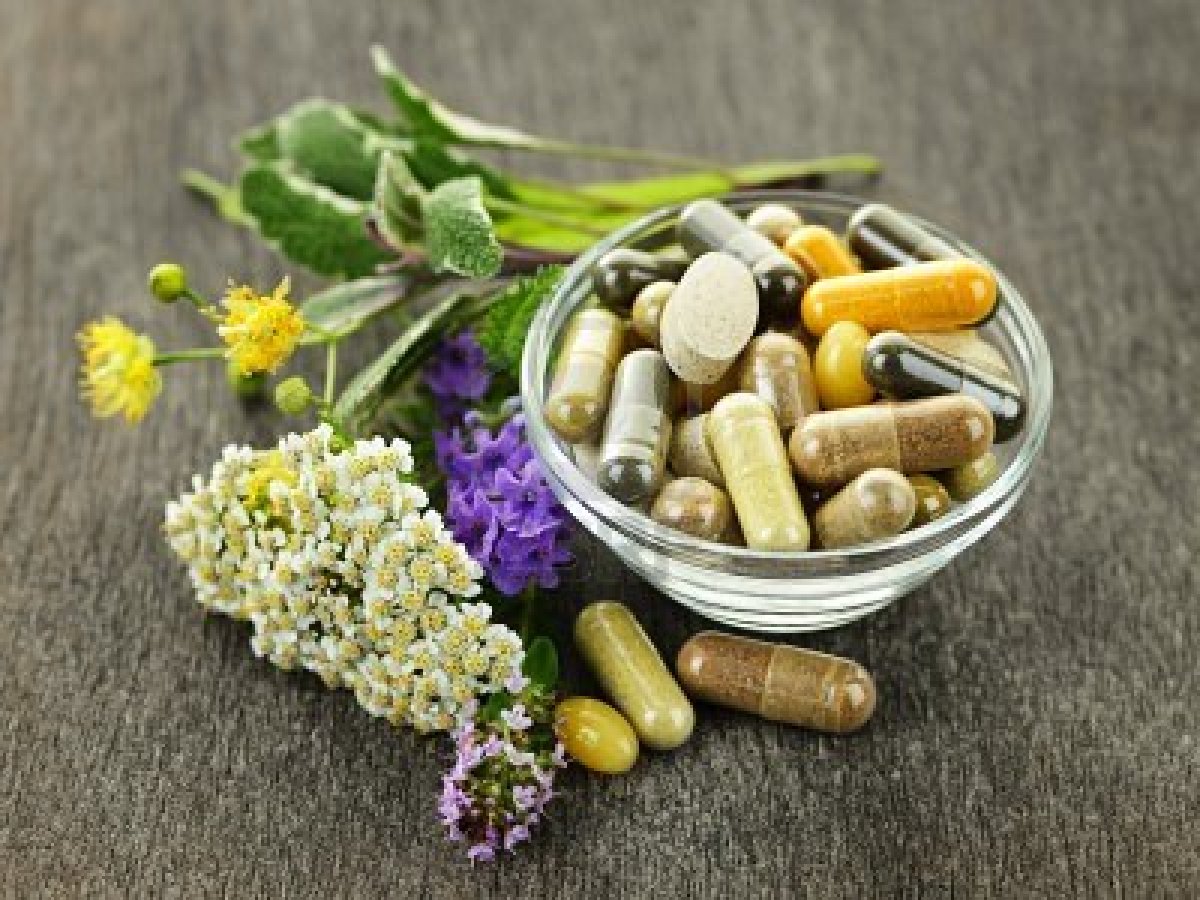 Have you ever you wondered where your herbal supplements really come from? Did you know that 95% of what you're buying at U.S. health food stores originated in China or was processed in China or India?
Have you ever you wondered where your herbal supplements really come from? Did you know that 95% of what you're buying at U.S. health food stores originated in China or was processed in China or India? 